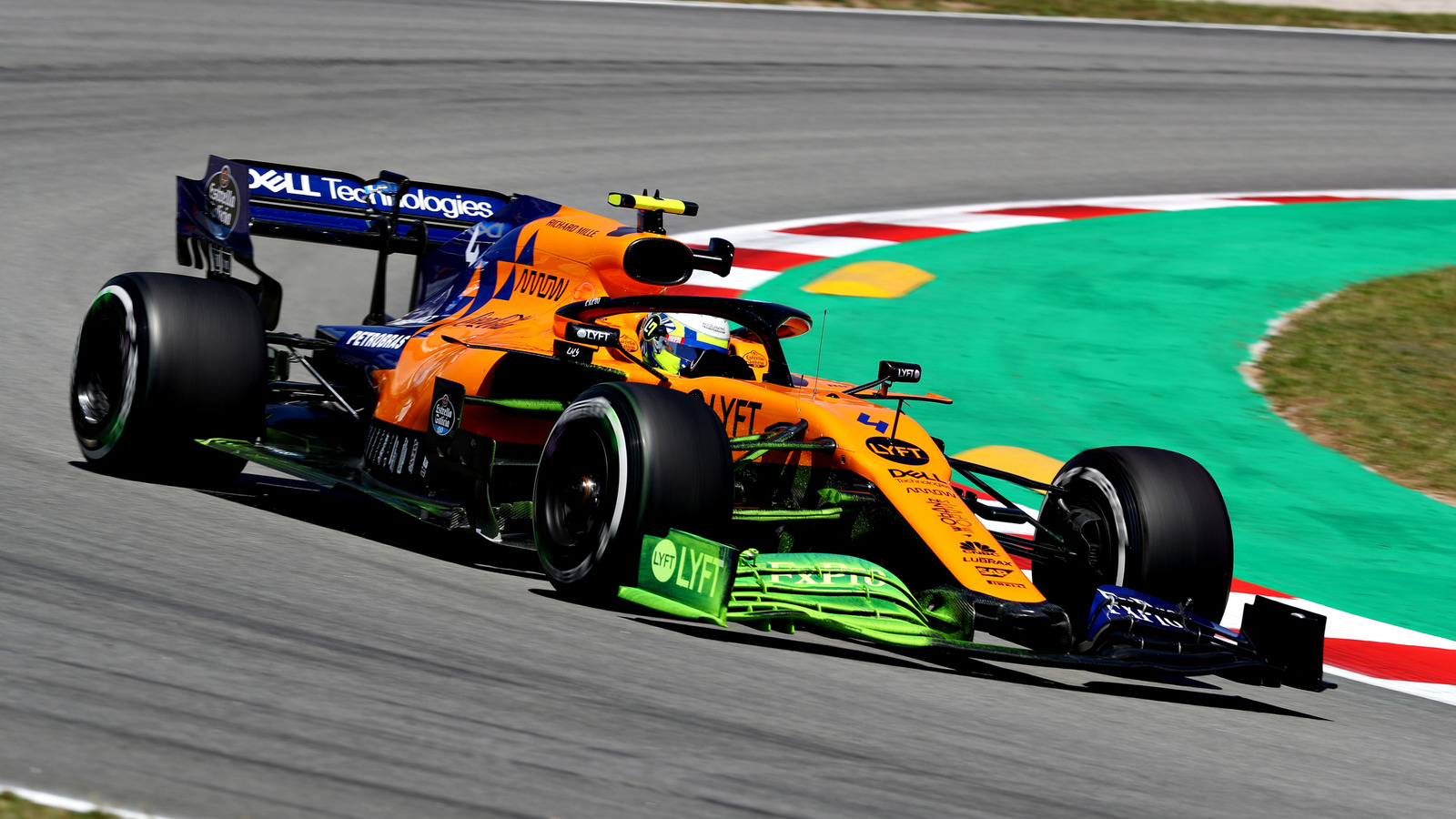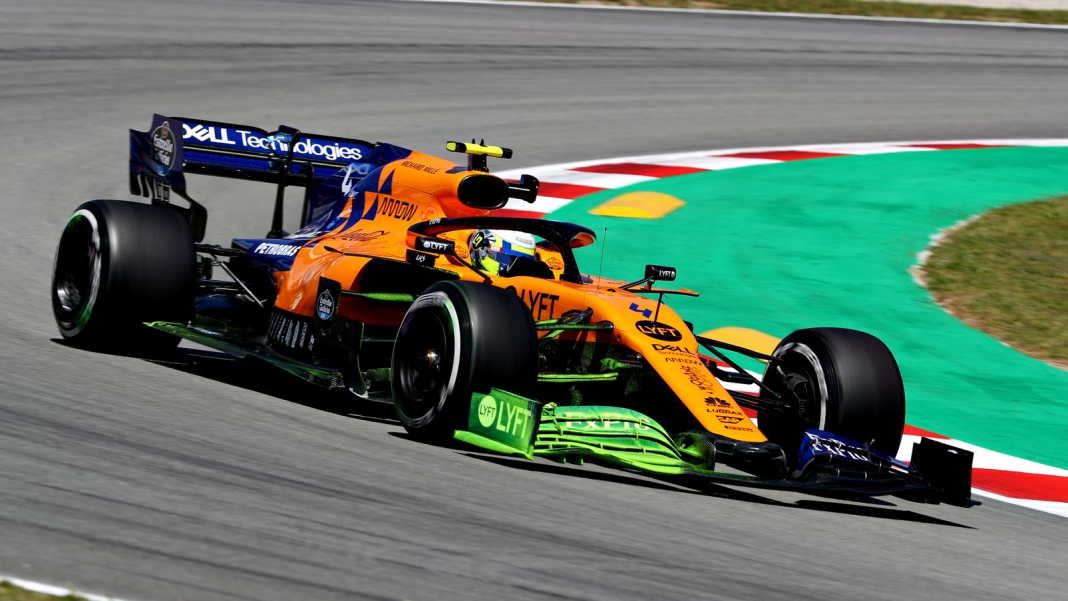What’s That Green Paint on F1 Cars During Practice?
If you’ve ever tuned into a Formula 1 free practice session and spotted a mechanic slathering neon green paint across a car’s front wing, you’re not alone in wondering what’s going on. It looks odd—almost like someone’s prepping for a wild art project rather than a high-stakes engineering test. But there’s a fascinating reason behind this colorful ritual, and it’s all about chasing performance down to the tiniest detail.
Why Do Teams Use Green Paint on Their Cars?
That vivid green substance is called flow-vis, short for flow visualization paint. Teams use it to get a real-time look at how air moves over the car’s surfaces. Here’s how it works: mechanics apply the paint—usually a paraffin-based mixture—onto specific parts of the car, like the front wing or sidepods. When the car heads out on track, the wind whips the paint into streaks, tracing the path of airflow.
This gives engineers a direct, visual readout of how their aerodynamic tweaks are performing. If the paint flows smoothly in the intended direction, it’s a sign the design is working as planned. But if it pools, swirls, or breaks up in odd places, it’s a red flag that something’s off. It’s a simple trick, but in a sport where tenths of a second matter, it can make a world of difference.
How Does Flow-Vis Paint Help Teams Improve Performance?
Aerodynamics is the name of the game in Formula 1. Even the smallest surface change can have a big impact on lap times. Flow-vis paint helps teams validate their wind tunnel and computational fluid dynamics (CFD) predictions in the real world. It’s one thing to simulate airflow on a computer; it’s another to see how it behaves at 200 mph on a bumpy circuit.
For example, if a team introduces a new front wing design, they’ll often coat it with flow-vis during practice. After a few laps, engineers analyze the paint patterns, looking for clues about airflow separation or turbulence. If the paint reveals unexpected behavior, the team can tweak the design before qualifying or the race. It’s a fast, cost-effective way to gather data—especially compared to more complex tools like pressure sensors or wind tunnel time, which are both expensive and limited by regulations.
Is Flow-Vis Paint Safe for the Cars and the Environment?
You might wonder if slathering paint all over a multi-million-dollar race car is risky. Fortunately, flow-vis is designed to be harmless. It’s made from a non-toxic, water-soluble base that washes off easily between sessions. Teams are careful to apply it only where needed, and it’s thoroughly cleaned away before the car returns to competitive running.
As for the environment, Formula 1 has made strides in recent years to reduce its ecological footprint. Teams use minimal amounts of flow-vis, and the paint is collected and disposed of responsibly. The sport’s governing body, the FIA, has also pushed for more sustainable practices across the paddock, including the use of biodegradable materials wherever possible.
Are There Alternatives to Flow-Vis Paint in F1?
While flow-vis is a staple in the F1 toolkit, it’s not the only way to study airflow. Teams also use high-tech methods like laser-based particle image velocimetry (PIV) and pressure-sensitive paint in the wind tunnel. On track, they might fit cars with arrays of tiny sensors or pitot tubes to measure airspeed and pressure.
But here’s the thing: nothing beats the speed and simplicity of flow-vis for a quick check during a practice session. It’s cheap, easy to apply, and delivers instant feedback. That’s why you’ll still see those streaks of green on the world’s fastest cars, even in an era of supercomputers and AI-driven simulations.
What Can Everyday Drivers Learn from F1’s Obsession with Airflow?
You don’t need to be a race engineer to appreciate the value of understanding airflow. The same principles that help F1 teams shave tenths off a lap can make your daily drive smoother and more efficient. For instance, keeping your car’s bodywork clean and free of unnecessary add-ons can reduce drag and improve fuel economy. Even small details—like the angle of your side mirrors—can affect how air moves around your vehicle.
If you’re a motorsport enthusiast or a weekend track-day warrior, you can experiment with simple flow visualization techniques yourself. Some amateur racers use chalk dust or colored powders to study airflow over spoilers and wings. It’s not as high-tech as Formula 1, but the insights can be just as valuable.
The Big Takeaway
That splash of green paint on an F1 car isn’t just for show—it’s a window into the invisible world of aerodynamics. By making airflow visible, teams can spot problems, fine-tune designs, and unlock precious speed. The big takeaway? Chasing performance isn’t about perfection—it’s about smarter adjustments. Start with one change this week, and you’ll likely spot the difference by month’s end.


